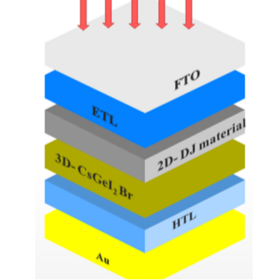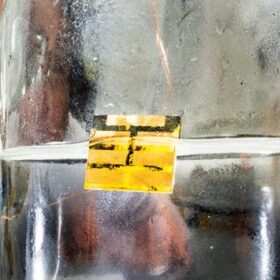Volvo launches battery energy storage system with integrated EV charger
The Swedish manufacturer has launched an integrated all-in-one system which features a 450-540 kWh battery energy storage component and a 240 kW DC fast charger. The system is designed for powering sites, whether in grid-connected or island mode.
Using LiDAR data to improve modeling of PV system tilt, azimuth
Researchers in Sweden have developed a method to use LiDAR data to enable more precise tilt and azimuth modeling of solar PV and solar thermal capacity at a regional or substation level. The model could enable aggregators and grid operators to improve grid planning.
Swedish grid operators reluctant to integrate batteries
A report from Svensk Solenergi says connection to the electricity grid is a significant obstacle to the expansion of battery storage technology in Sweden, with grid operators often hesitant to connect large-scale projects.
How much time do homeowners spend acquiring a rooftop PV system
Scientists have conducted a survey and analyzed transaction costs of residential PV projects. They focused on the time spent searching for and assessing information, as well as the time spent on aspects related to financing, permits, and contracts. Scoping information was the most time-consuming task.
Startup shipping high purity silicon samples from pilot plasma reactor
Sweden’s Green14 is sampling material from its pilot reactor at KTH Royal Institute of Technology. The pilot has a 100 kW plasma capacity with 5 kg/h of silicon.
Swedish developer secures land for 500 MW of solar parks
Svea Solar has entered into several land agreements with one of the world’s largest private forest owners to develop eight new solar parks in Sweden with a total capacity around 500 MW.
The Hydrogen Stream: Plug Power records surge in electrolyzer revenue
Plug Power reported an almost 6-fold increase in electrolyzer revenues in 2024, despite the financial troubles. Meanwhile, Finland’s first large-scale plant goes into operation.
Indian scientists design 31.16%-efficient 2D-3D perovskite solar cell
Scientists in India have simulated a novel perovskite solar cell that combinies a Dion-Jacobson 2D layer with a 3D halide perovskite. The design showed improved stability compared to reference cells without the DJ-2D layer.
Water-based recycling of perovskite solar cells
An international team has developed a new technique to recycle perovskite solar cells (PSC) made on glass substrates using a water-based solution. Tests showed that the recycled cells were as efficient and stable as the original devices.
Swedish startup offers n-type conductive inks for organic, perovskite solar cells
N-ink, a spinoff of the Linköping University, has developed conductive inks that can be used in the charge extracting layer of organic solar cells and in transport layers of perovskite solar cells.










